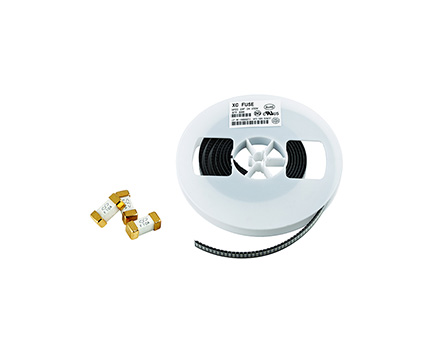
If the explosion-proof fuse is correctly installed in the circuit, the fuse will fuse and cut off the current when the current abnormally rises to a certain height and time, thereby protecting the safe operation of the circuit.
Fuses protect electronic devices from current damage and can also avoid serious injuries caused by internal faults in electronic devices. Therefore, each fuse has a rated specification, and when the current exceeds the rated specification, the fuse will blow. When acting on a fuse between the conventional non fusing current and the rated breaking capacity current specified in relevant standards, the fuse should be able to operate safely without endangering the surrounding environment. The expected fault current of the circuit in which the fuse is installed must be less than the rated breaking capacity current specified in the standard. Otherwise, when the fuse blows, there will be continuous arcing, ignition, fuse burning, melting together with the contact, and unrecognizable fuse markings. Of course, the breaking capacity of inferior fuses cannot meet the requirements of the standard, and they can also cause harm when used. The breaking capacity of explosion-proof fuses is much higher than the rated breaking capacity specified in the standard, and they are filled with arc extinguishing agents, which can timely and effectively extinguish arcs, ensuring the safe and reliable operation of the circuit.
Read recommendations:
bimetallic strip used in thermostat
What do you need to know about car fuses.frigidaire window air conditioner fuse location
Self resetting fuse.air conditioner fuse block pull-out replacement